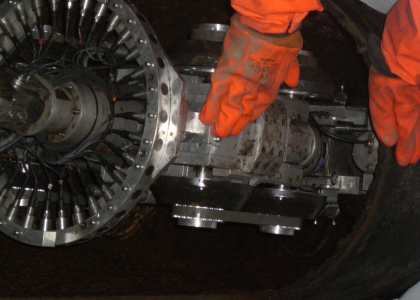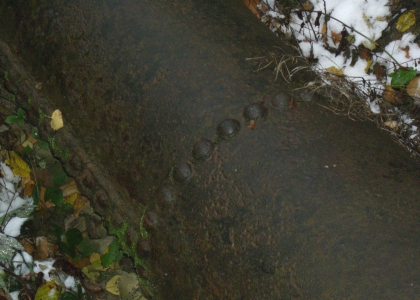Hydroelectric power is currently the most important source of renewable energy contributing to supplying the world’s population with electricity. At present is makes up approximately 18 percent of all regenerable energy.
Today France has a hydroelectric capacity of around 20 GW, which corresponds to the output of approximately 15 modern nuclear power stations. In total 600 various small hydroelectric power stations are in operation there which are connected via approximately 300 km of pressure pipelines to reservoirs or other water sources. Most of these power stations are located in the French Alps and in the Massiv Central.
In addition to the ecological aspects, the greatest advantage of hydroelectric power is the rapid availability of power generation without long power station startup times.
The opportunity to quickly supply power to the grid is used above all at times when large amounts of electricity are required (peak loads). This type of power generation therefore plays an important role in assuring supplies.
The task of Électricité de France (EDF) for the pilot phase in inspecting a riveted pressure pipeline was clearly defined. The greatest challenge for the inspection and robot technology was the construction of the over 100-year pipeline.
Riveted pipeline sections each measuring 1.5 metres in length were encountered. These had differing diameters as well as deposits within the pipeline.
Over a length of 150 metres the 24" pipeline was eventually inspected with two different methods. In the first stage the wall thickness of the pipeline was determined with an ultrasonic inspection robot jointly developed with ApplusRTD, but this proved to be difficult due to the deposits within the pipeline.
A visual inspection in combination with laser measurement of the inner surface and the internal rivet heads then took place with the INSPECTOR 6000 model.
The robots completed these extraordinary tasks with flying colours and braved the adverse conditions of the high Alps. Here the technical condition and, in particular the robustness of the models used were put to the test.
Not only the difficult high alpine terrain but also the sudden onset of snow ensured anything but ideal testing conditions.




